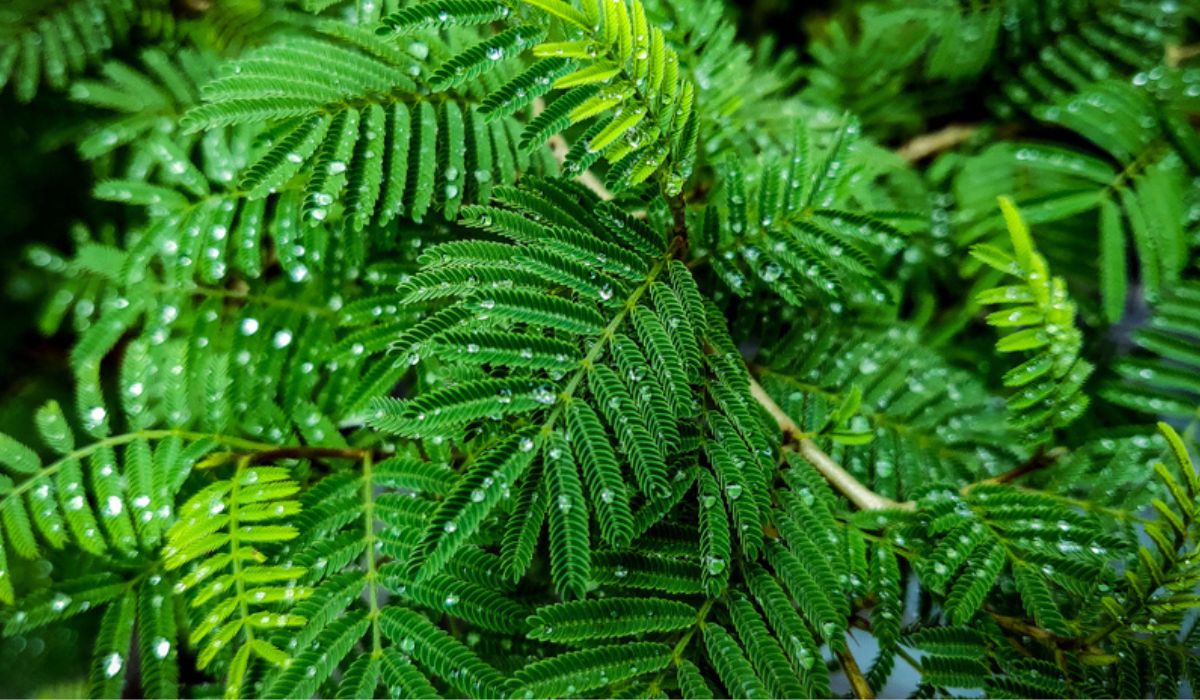The Shami tree ( Prosopis cineraria ), also known as Khejri or Jand, holds a significant place in Indian culture, mythology, and ecology. Revered for its medicinal properties, resilience in harsh environments, and association with sacred rituals, the Shami tree is more than just a plant; it’s a symbol of strength, perseverance, and divine grace. This blog post explores the multifaceted significance of the Shami tree, from its numerous benefits to the proper way to grow, place, and worship it.
A Tree Steeped in Mythology and History:
The Shami tree’s importance is deeply woven into the fabric of Indian mythology and history. It’s believed to be the tree where the Pandavas hid their weapons during their exile in the epic Mahabharata. The tree is also associated with Lord Rama, who is said to have worshipped it before his victorious return to Ayodhya. In some cultures, it’s believed that the Shami tree represents the divine feminine energy and is associated with various goddesses. Its presence is considered auspicious, and it’s often planted near homes and temples.
Benefits of the Shami Tree:
Beyond its religious and cultural significance, the Shami tree offers a range of practical benefits:
- Medicinal Properties: Traditional medicine systems utilize various parts of the Shami tree to treat a wide array of ailments. The bark is used for its astringent properties, while the leaves are used to treat skin conditions and respiratory problems. The pods are a source of nutritious food. (It is crucial to consult with a qualified healthcare professional before using any part of the Shami tree for medicinal purposes.)
- Environmental Benefits: The Shami tree is highly adaptable to arid and semi-arid regions, making it valuable for combating desertification. Its deep root system helps to stabilize soil and prevent erosion. It also provides shade and shelter for animals and birds.
- Economic Importance: The wood of the Shami tree is hard and durable, making it suitable for construction and fuel. The pods are used as fodder for livestock. In some regions, the tree’s gum is also harvested and used commercially.
- Air Purification: Like most trees, the Shami tree contributes to improving air quality by absorbing carbon dioxide and releasing oxygen.
How to Grow a Shami Tree:
Growing a Shami tree can be a rewarding experience. Here’s a guide to help you get started:
- Propagation: Shami trees can be propagated through seeds or cuttings. Seed propagation is more common.
- Seed Collection and Preparation: Collect mature seeds from a healthy Shami tree. Soak the seeds in water overnight to improve germination rates.
- Soil and Location: The Shami tree thrives in well-drained soil, preferably sandy or loamy. It prefers full sunlight and can tolerate hot and dry conditions.
- Planting: Sow the seeds in a nursery or directly in the ground. Ensure the planting depth is appropriate for the seed size.
- Watering: Water the saplings regularly, especially during the initial stages of growth. Once established, the Shami tree is quite drought-tolerant and requires minimal watering.
- Care: The Shami tree has relatively low maintenance. Pruning may be required to shape the tree and remove any dead or diseased branches.
Placement of the Shami Plant:
According to Vastu Shastra, the Shami plant is considered highly auspicious and should be placed in specific directions to maximize its positive energy:
- Ideal Placement: The southeast corner of the house is considered the most favorable direction for placing the Shami plant. It is associated with fire elements and brings positive energy and wealth.
- Alternative Placement: You can also place the Shami plant in the east or northeast corner of your home. These directions are associated with growth, knowledge, and positive beginnings.
- Avoid These Directions: Avoid placing the Shami plant in the west or north direction. These directions are considered inauspicious for this plant.
Worship of the Shami Plant:
The Shami tree is revered and worshipped on various occasions, particularly during festivals like Dussehra. The traditional way to worship the Shami tree involves:
- Cleaning: Clean the area around the tree and sprinkle it with holy water.
- Offerings: Offer flowers, incense, lamps, and sweets to the tree.
- Prayers: Chant prayers and mantras dedicated to the deities associated with the tree.
- Circumambulation: Circumambulate the tree while chanting prayers.
Caring for Your Shami Tree:
While the Shami tree is relatively hardy, providing proper care can ensure its healthy growth:
- Watering (Established Trees): Water deeply but infrequently, allowing the soil to dry out between waterings. Overwatering can lead to root rot.
- Fertilizing: Fertilizing is generally not necessary, especially if the tree is planted in fertile soil.
- Pest and Disease Control: Monitor the tree for any signs of pests or diseases and take appropriate measures if necessary.
The Shami Tree: A Symbol of Resilience and Hope:
The Shami tree, with its rich cultural significance, medicinal properties, and environmental benefits, is a valuable asset to both nature and humankind. Its resilience in harsh conditions serves as a reminder of the power of perseverance and the importance of respecting and protecting our natural environment. By understanding its needs and following the proper guidelines for planting, placement, and worship, we can benefit from the positive energy and numerous advantages that the Shami tree offers.
